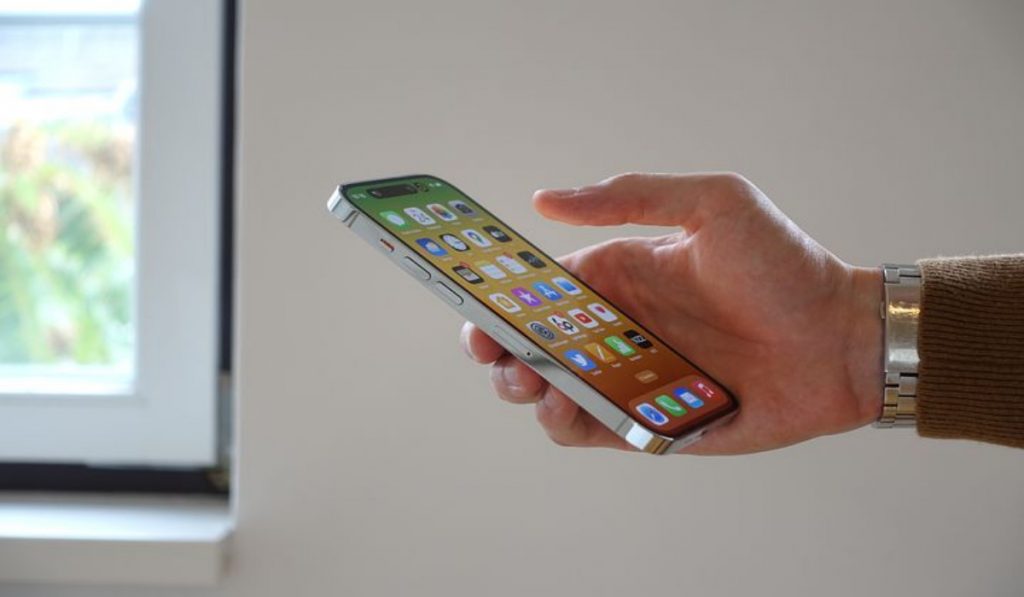Apple first introduced battery throttling in iOS 10.2.1, which was intended to slow down devices with deteriorating batteries. Users were displeased with the function, especially since Apple implemented it without informing iPhone owners that their handsets would be slowed down to conserve battery life.
The feature would automatically activate when battery wear was severe enough that a charge wouldn’t last a full day. Apple responded to complaints from iPhone owners by providing discounted battery replacements and by including a new capability in iOS 11.3: being able to turn off battery throttling.

If you’d like to learn how to disable iPhone throttling, we’ve created this guide to help you. We’ll show you how throttling works, as well as helpful tips to help you successfully disable it on your device if you want.
What is iPhone Throttling and Why Did Apple Introduce It?
Throttling is a term used in the computer hardware industry to describe the deliberate pressing of an update onto a device, instructing it to not operate to its full potential.
The lifespan of the device will theoretically be extended, enabling it to operate at a usable level for a longer amount of time. This feature was formerly added by Apple to MacBooks to prevent overheating, however, iPhones can also be throttled to extend battery life.
While it’s annoying to find your iPhone suddenly using a small fraction of its power, Apple throttles its iPhones beyond a certain age for a good reason. With each charging cycle, the iPhone’s battery capacity decreases as it gradually loses its potential to deliver peak power. After a few hours of use, your iPhone may also abruptly shut off after the battery reaches a certain level.
Apple developed software to restrict the performance of the iPhone and lessen the demand placed on the battery. The battery’s lifespan and ability to hold a charge may be extended by the throttling, but performance will be noticeably diminished.
How Do I Disable iPhone Throttling?
You must be using iOS 11.3 or later to be able to see the option to turn off device throttling, and iOS 13 or later to benefit from optimal charging. Here’s how to make sure your iOS device is running the most recent upgrades.
- Launch the Settings app.
- Until you see General, swipe down on the Settings page. Click on it when you find it
- Select Software Update from the options under General.
- The Software Update page will either inform you that the most recent version of iOS is already installed on your device or it will ask you to do so. To bring your device up to date if you’re using a version older than 11.2, you might need to run more than one update.
After ensuring that your device is updated sufficiently, you’ll be able to disable throttling on your iPhone by following these steps:
- Tap the “Battery Health” button under the “Battery” tab.
- To find out if your battery supports typical peak performance or if performance management has been enabled, look under the “Peak Performance Capability” section. The iPhone throttling software is activated if it indicates that performance management is in use.
- If the iPhone throttle is turned on, you’ll see a toggle switch that you may move to the “Off” position to deactivate the throttle.
- To turn off performance management, toggle the switch to “Off.”
Should I Disable iPhone Throttling?
Turning off performance management makes sense if you value performance over longer battery life. Your battery’s life expectancy will be reduced as a result.
Depending on the model you have, changing the battery is another economical alternative to purchasing a new phone.
Battery replacement may also be more cost-effective than purchasing a new iPhone if you currently own a reasonably modern iPhone, such as the iPhone 8.
Use the Optimized Charging Feature to Bypass iPhone Throttling
In iOS 13 or later, you’ll see the Optimized Battery Charging option below Peak Performance. With the help of this feature, your phone may learn how often you charge it and slow down the process so the battery doesn’t overcharge and lose all of its capacity. If you plug in your iPhone to charge it overnight, the initial charge will go much more slowly, and the charge should be finished by the time you unplug your phone in the morning.
Optimized Battery Charging should have a toggle next to it that, when turned on, activates the feature. It’s a good idea to do this because anything that preserves your battery and lessens the likelihood of throttling is beneficial.
Summarily, although Apple has a good reason for introducing throttling in iPhone devices, not all users are comfortable with the limit on device performance. If you’re one of such users, follow the instructions in this guide to disable throttling successfully.
We’d also encourage you to recommend this guide to other iPhone users so they can also benefit from it.

